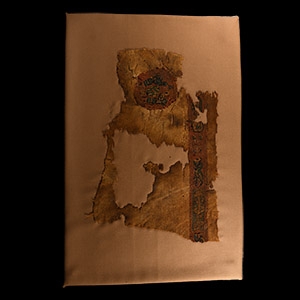Home > Auctions > 5 - 9 September 2023
Ancient Art, Antiquities, Natural History & Coins
Auction Highlights:
From an early 20th century collection, Caernarfon, North Wales, UK.
Cf. Petrie, W.M.F., Amulets. Illustrated by the Egyptian Collection in University College, London, London, 1914, Pl.VII 88c-e, for similar examples.
From an early 20th century collection, Caernarfon, North Wales, UK.
Cf. Petrie, W.M.F., Amulets. Illustrated by the Egyptian Collection in University College, London, London, 1914, pl.VII 88c-e, for similar examples.
Acquired 1970s-1996.
Property of a North American collector.
London collection, 2016.
Cf. Forrer, R., Die frühchristlichen Alterthümer aus dem Gräberfelde von Achmin-Panopolis, Strassburg, 1893, pl.XVIII, no.6, for similar.
The large segments can be classified as clavi, although they are not part of a tunic but more possibly borders of a curtain, or a funerary sheet. Mantles and funerary shrouds were usually decorated by wide bands along the lower border, imitating the ornaments of tunics with clavi and orbiculi.
‘The Ancient Menagerie Collection’ formerly the property of a Cambridgeshire lady, collected since the 1990s and acquired from auctions and dealers throughout Europe and the USA, now ex London collection.
Cf. Petrie, W.M.F., Glass Stamps and Weights. Ancient Weights and Measures. Illustrated by the Egyptian Collection in University College, London, London, 1974, pl.IX, for similar examples.
This may be a weight, since small bronze statuettes of various animals including frogs were used as counterbalances on scales.
UK gallery, early 2000s.
Acquired 1970s-1996.
Property of a North American collector.
London collection, 2016.
Cf. Forrer, Die Graeber und Textilfunde von Achmim-Panopolis, Strassburg, 1891, pl.XI, no.4, for similar.
The wide geometric pattern suggests a dating of the item in the early years of the Arab conquest.
From a family collection formed 1900-1950; by descent circa 1980.
From an early 20th century collection, Caernarfon, North Wales, UK.
Cf. Petrie, W.M.F., Amulets. Illustrated by the Egyptian Collection in University College, London, London, 1914, pls. IV 43a (shen), XXXVII 205d (baboon).
Acquired in Europe before 1992.
Cf. The Metropolitan Museum, New York, accession number 55.121.5, for similar.
In ancient Egyptian belief, the image of Isis suckling her son Horus was a potent symbol of rebirth. The goddess sits on the throne (which was the hieroglyphic form of her name).
Acquired 1970s onwards.
Private collection of Michael O'Hara, Cambridgeshire, UK.
Ex private collection of Benjamin Hyde-Smith, Hertfordshire, UK
Acquired before 1979.
From the private collection of Mr F. A., South Kensington, London, UK; thence by descent 2014.
Cf. similar specimens in faience at the Worchester Art Museum, inventory no.1925.539.
Acquired 1970s-1996.
Property of a North American collector.
London collection, 2016.
Cf. Rutschowscaya, M.H., Tissus Coptes, Paris, 1990, pp.104-105, for similar orbiculi.
Wool tapestry. These decorations can be associated to other textiles and numerous late Roman art objects adorned with picturesque scenes reproducing daily life in the countryside.
313 - 324 of 2453 LOTS

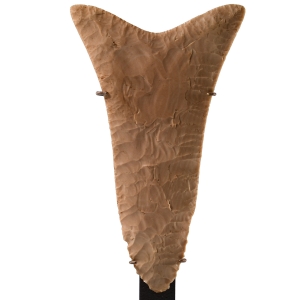
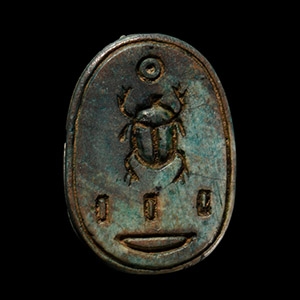
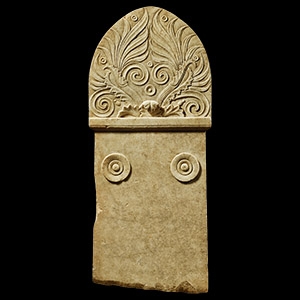
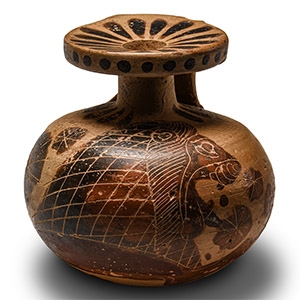
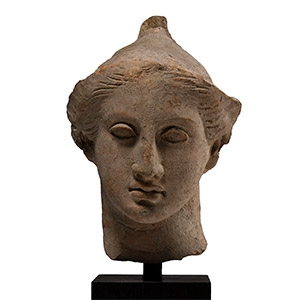
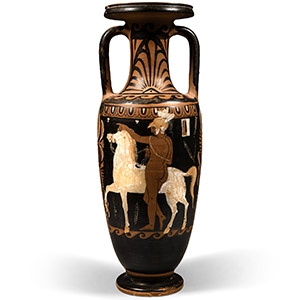
.jpg)
.jpg)
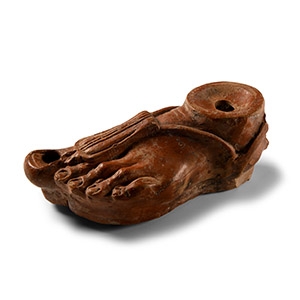
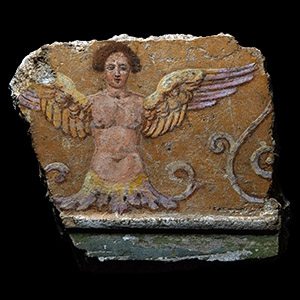
.jpg)
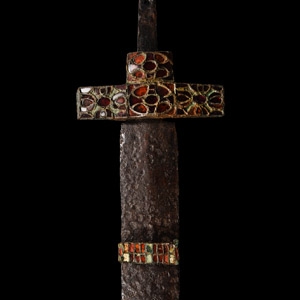
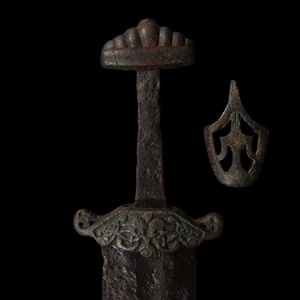
.jpg)
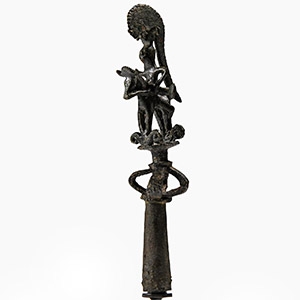


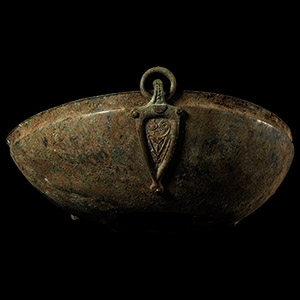
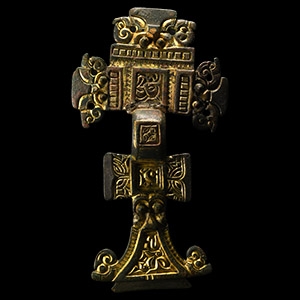
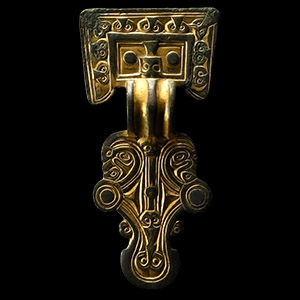
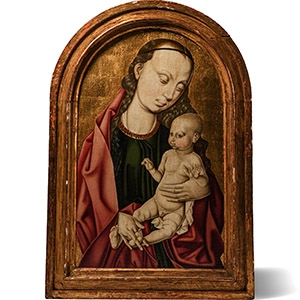

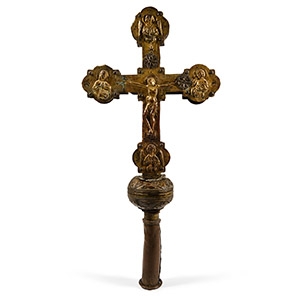
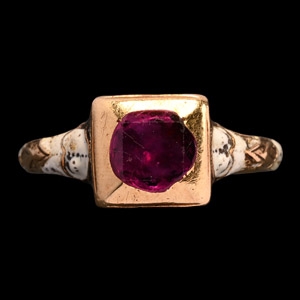
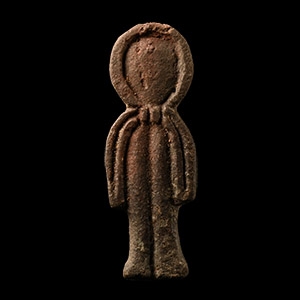


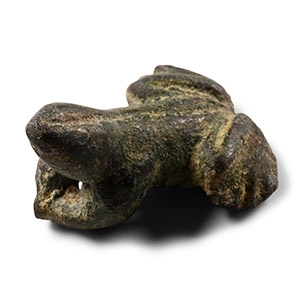
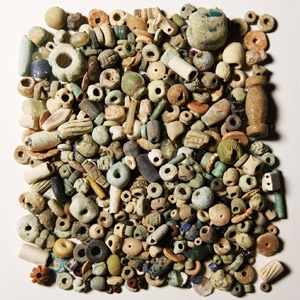

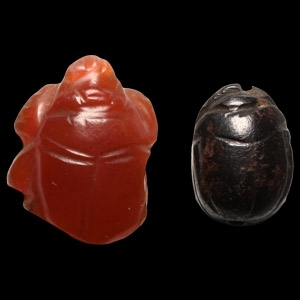


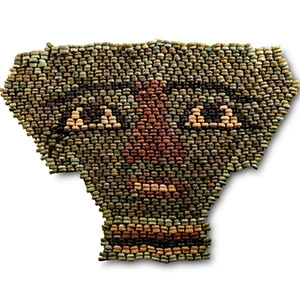
.jpg)
